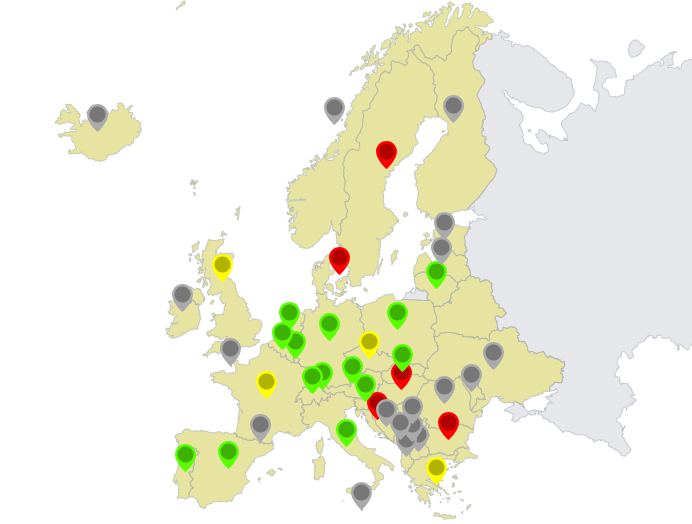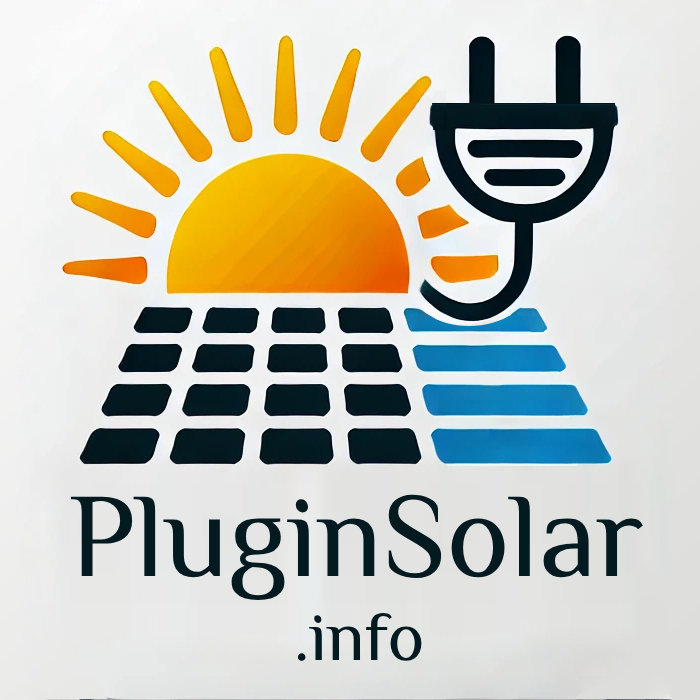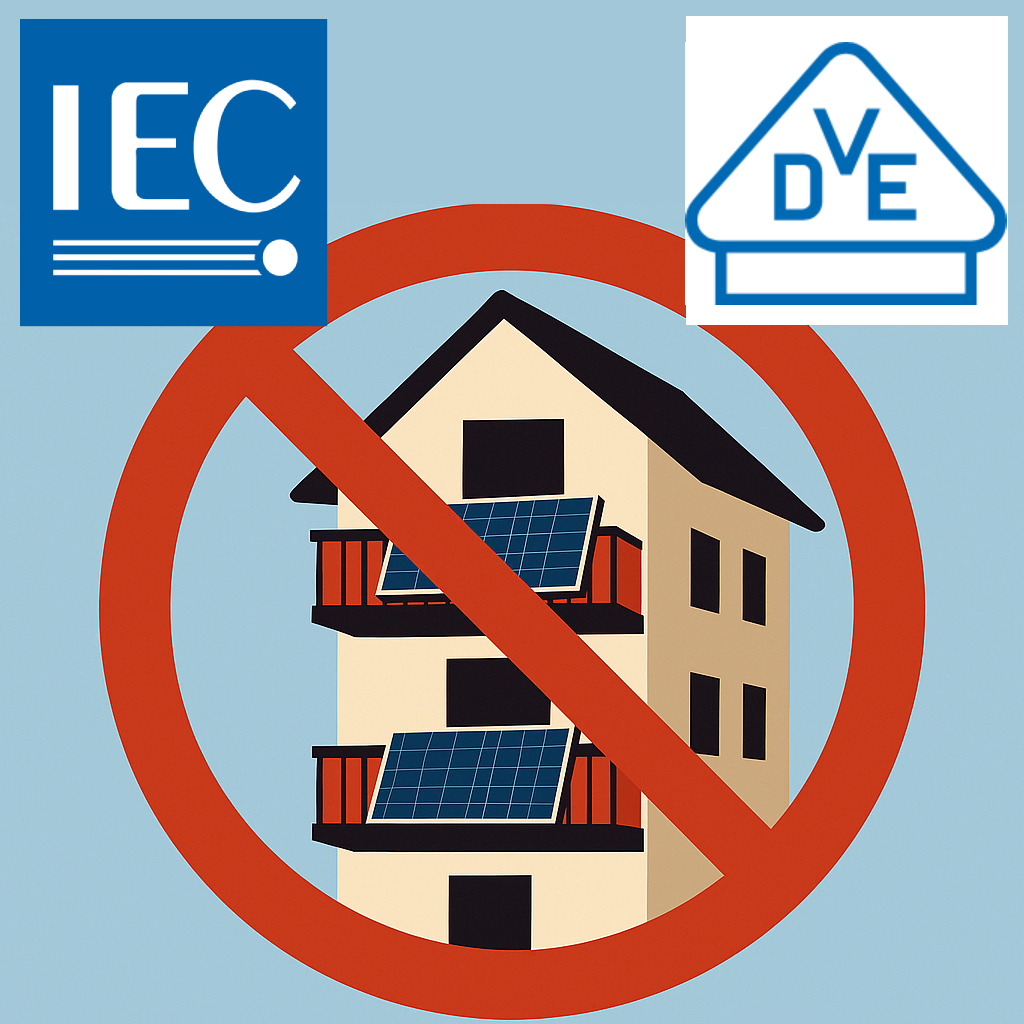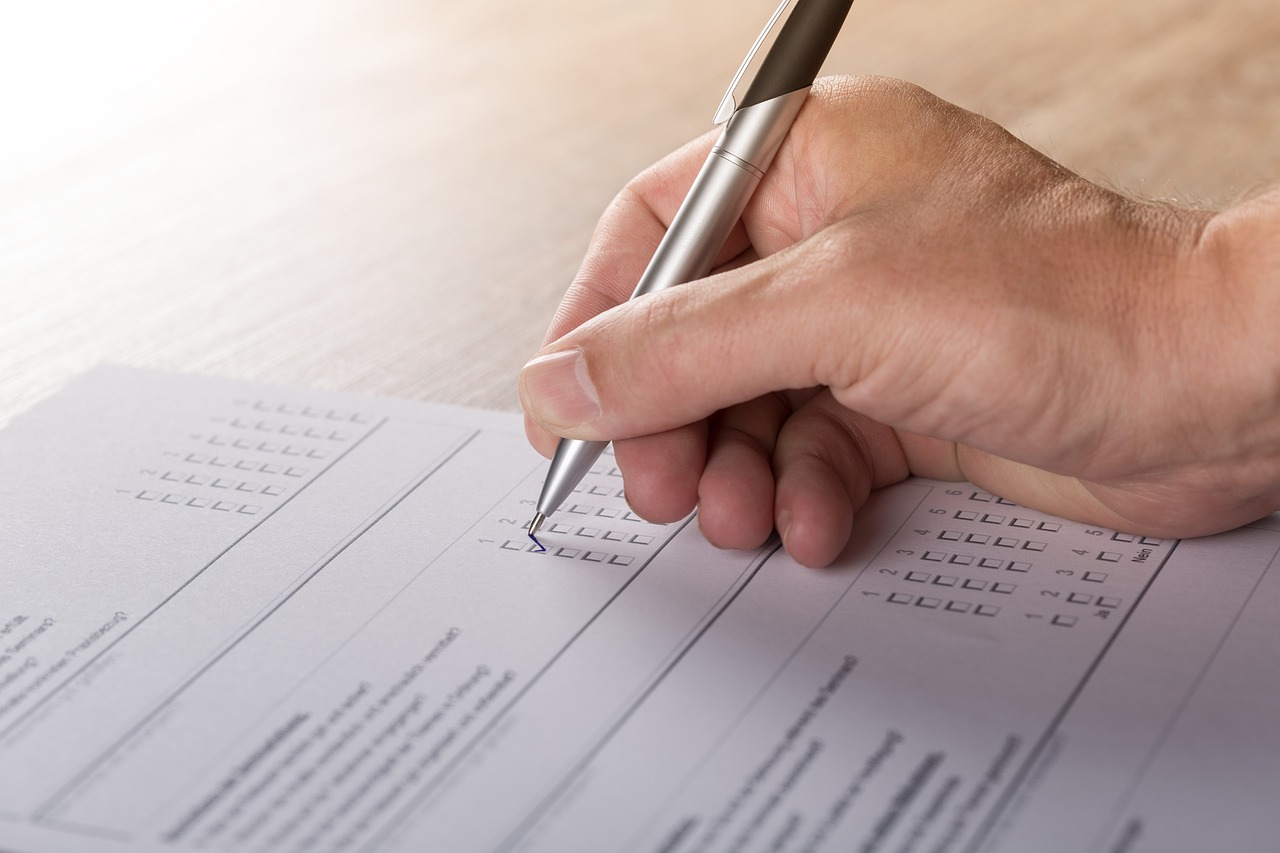
While Germany is still the largest plug-in solar market, more and more other countries all over the world are implementing pro plug-in solar regulations. In the past weeks alone, several nations have updated their regulatory framework to include plug-in solar as a pillar of decentralized energy production. Here’s an overview:
Belgium
Following a change in the legal framework effective 17th of April 2025, Belgium is now explicitly allowing the use of plug-in solar devices for the first time. Unlike in Germany, this also applies to devices with integrated storage. In the Flanders region, the registration requirement has even been completely abolished. The 800-watt limit applies here as well. However, the first players are already criticizing this limit as being too strict. They argue the limit is too inflexible and that the permissible output should instead depend on the actual capacity of the electrical installation.
Lithuania
Plug-in solar devices have been permitted for grid connection in Lithuania since 2023. Net metering is also in place there, meaning that all surplus electricity fed into the grid from balcony solar systems is directly deducted from the electricity bill. However, the widespread adoption of these systems in Germany and Austria has only recently sparked broader interest in the topic in Lithuania. Currently, a campaign by the name of SUNBOX is being prepared under the European Climate Initiative (EUKI), aiming to equip apartment buildings with plug-in solar devices and plug-in storage units.
USA
While standardization efforts for plug-in solar devices in the United States have so far faced significant resistance, a major legislative breakthrough occurred in March of 2025. In the state of Utah, a pro-plug-in solar law was passed—almost unanimously! A power limit of 1,200 watts at the inverter now applies there, which is 1.5 times higher than the limit in Germany. Commentators from Germany see no technical reason for this. On the contrary, the 120V grid voltage common in the U.S. would actually call for significantly lower feed-in levels. They instead suspect a cultural difference in how individual responsibility is viewed. In the U.S., personal responsibility is valued more highly than it is in Germany. The push for the law change came from Republican legislator Raymond Ward. So, even in the U.S., plug-in solar seems to be a bipartisan issue.
India
As early as fall of 2024, plug-in solar devices were included in the Indian government’s “PM Surya Ghar” subsidy program. However, we’ve only recently learned about this. Under the program, users who install a balcony solar system can receive subsidies of over €800. Net metering also applies here. However, electricity prices in India are significantly lower than in Germany—ranging from 15 to even below 2 cents per kilowatt-hour. As a result, savings are smaller, making the subsidy more meaningful. Given that nearly three-quarters of India’s electricity mix comes from coal, every solar module makes an important contribution to climate protection.
Europe Overall
European countries have great variation in their regulatory frameworks when it comes to plug-in solar. A report by Solar Power Europe, which was published in March 2025, compares these frameworks and outlines the key developments. The selection of countries is limited, but it clearly illustrates the differences between countries like Hungary or Sweden, which prohibit the use, and pioneers like Germany, Portugal, or Belgium, where device registration has been simplified or is no longer required at all. A summary of current regulations can be found on plugin-solar.eu.
Outlook
Energy regulations concerning plug-in solar have either already been altered or are currently reviewed in many countries on the globe. The world’s first international Plug-In Solar Conference on the 8th of May 2025 in Munich under the auspices of the German Plug-In Solar Association will mark a starting point in overcoming the still existing disparities, ensuring fair access to personal electricity generation with plug-in solar devices across Europe and beyond. Participants from around the world—from Europe, the USA, Brazil, China, and more—have already registered to learn, connect, and work together toward this shared goal.






